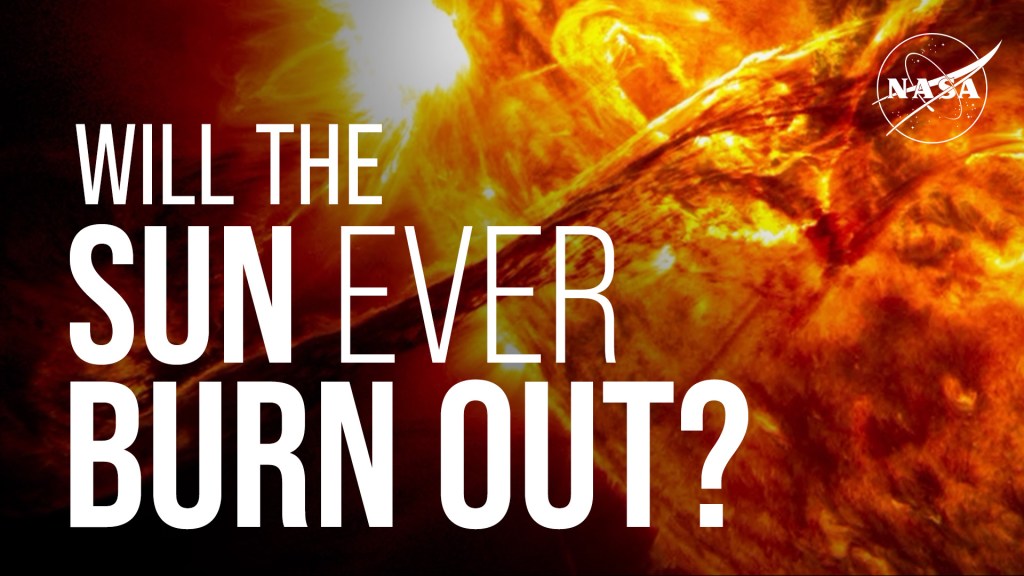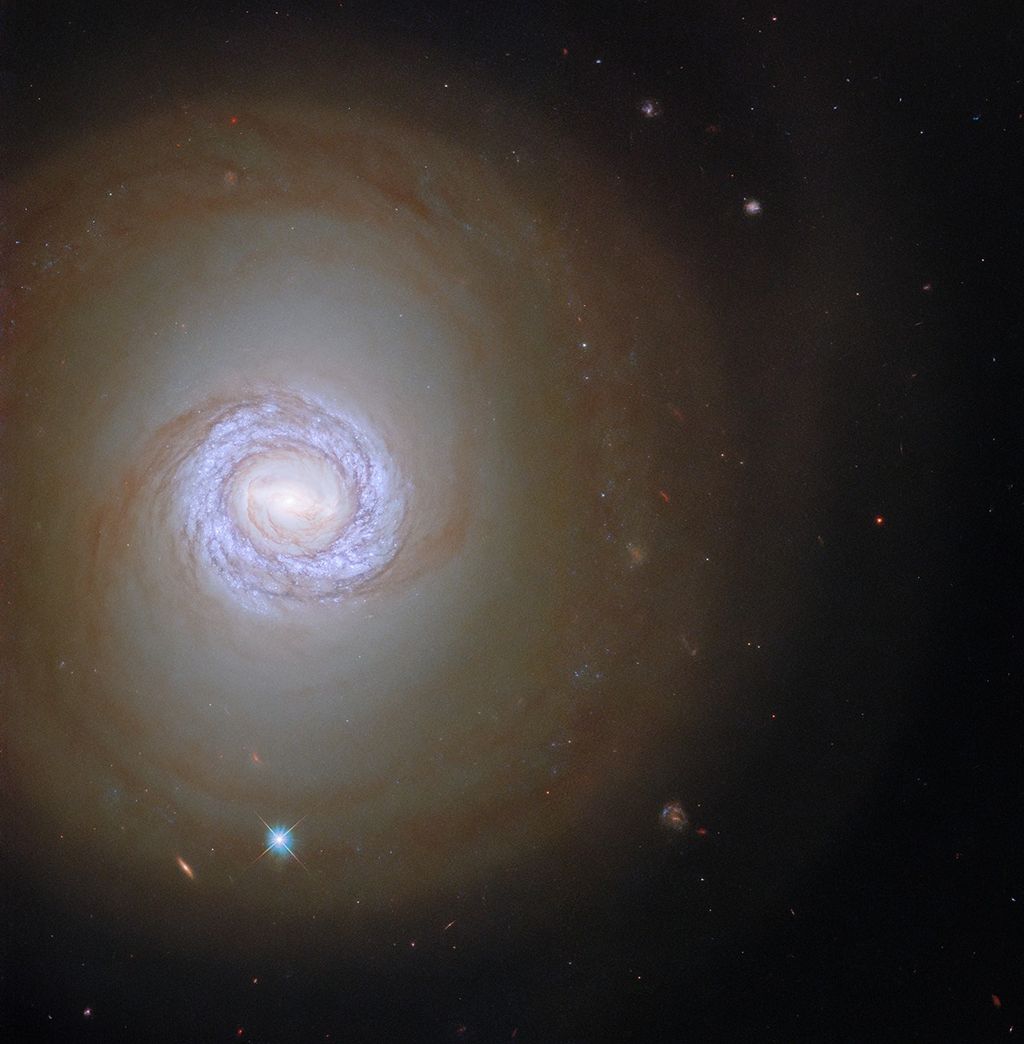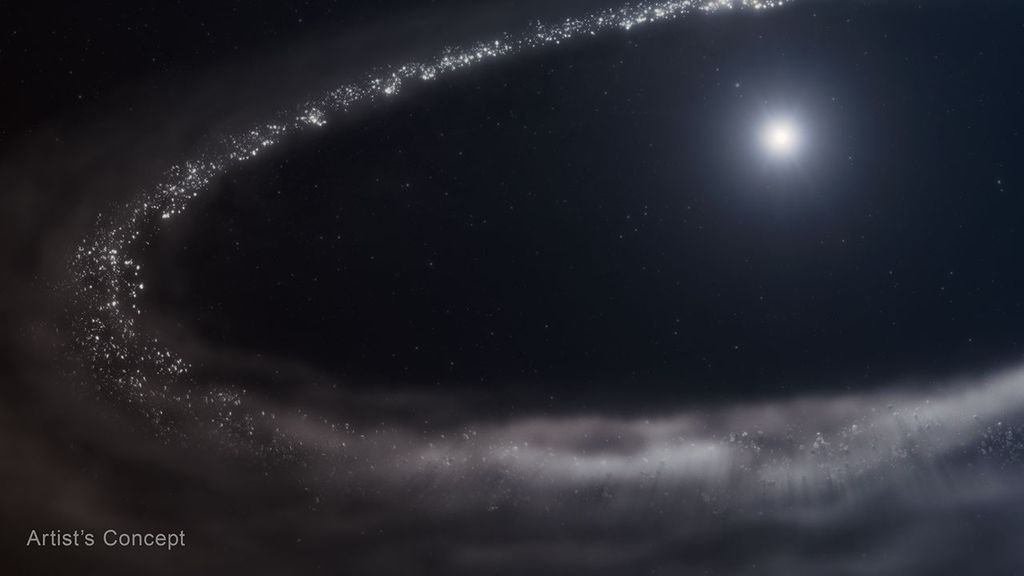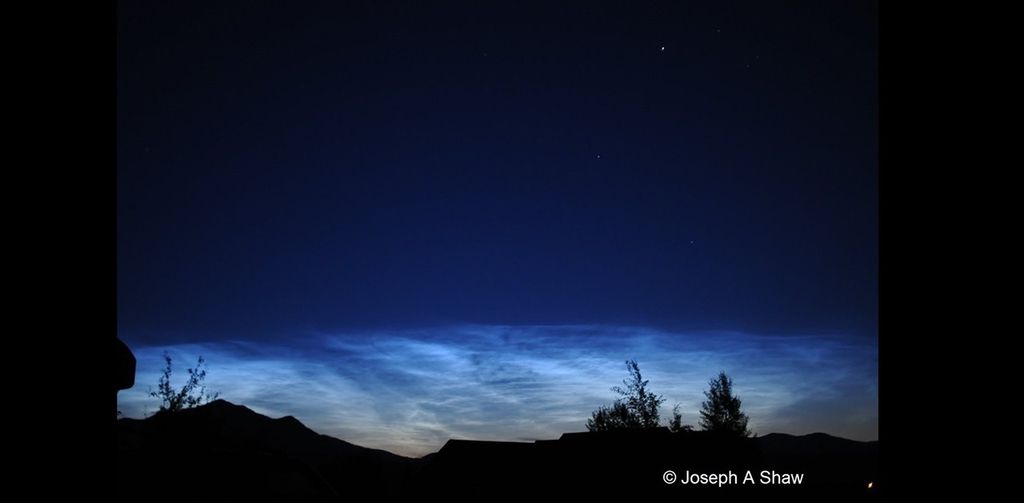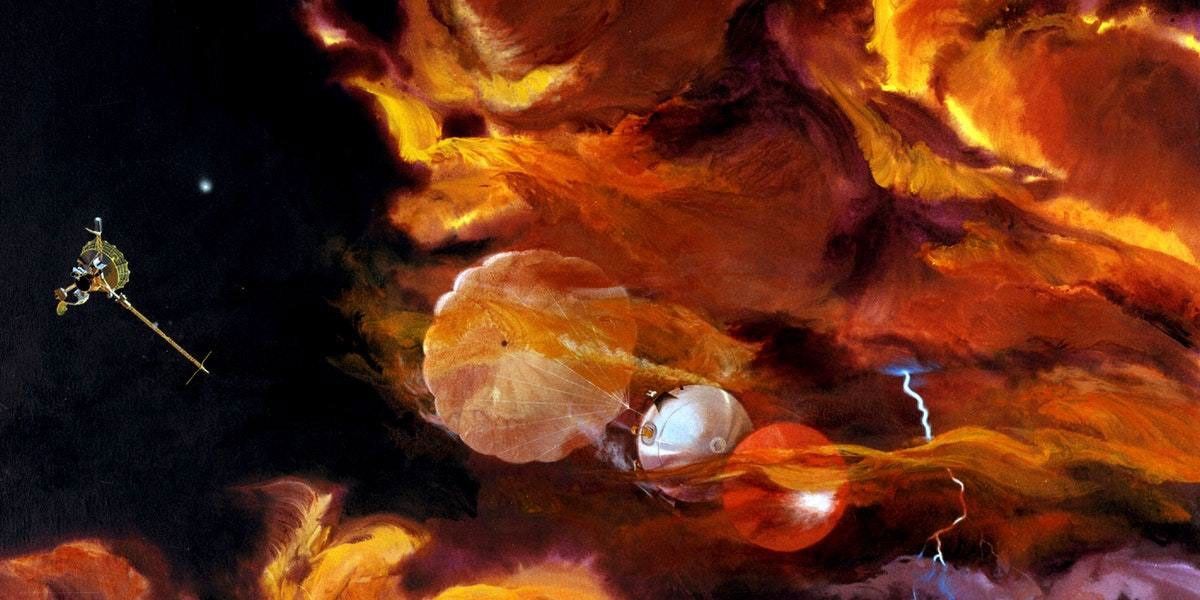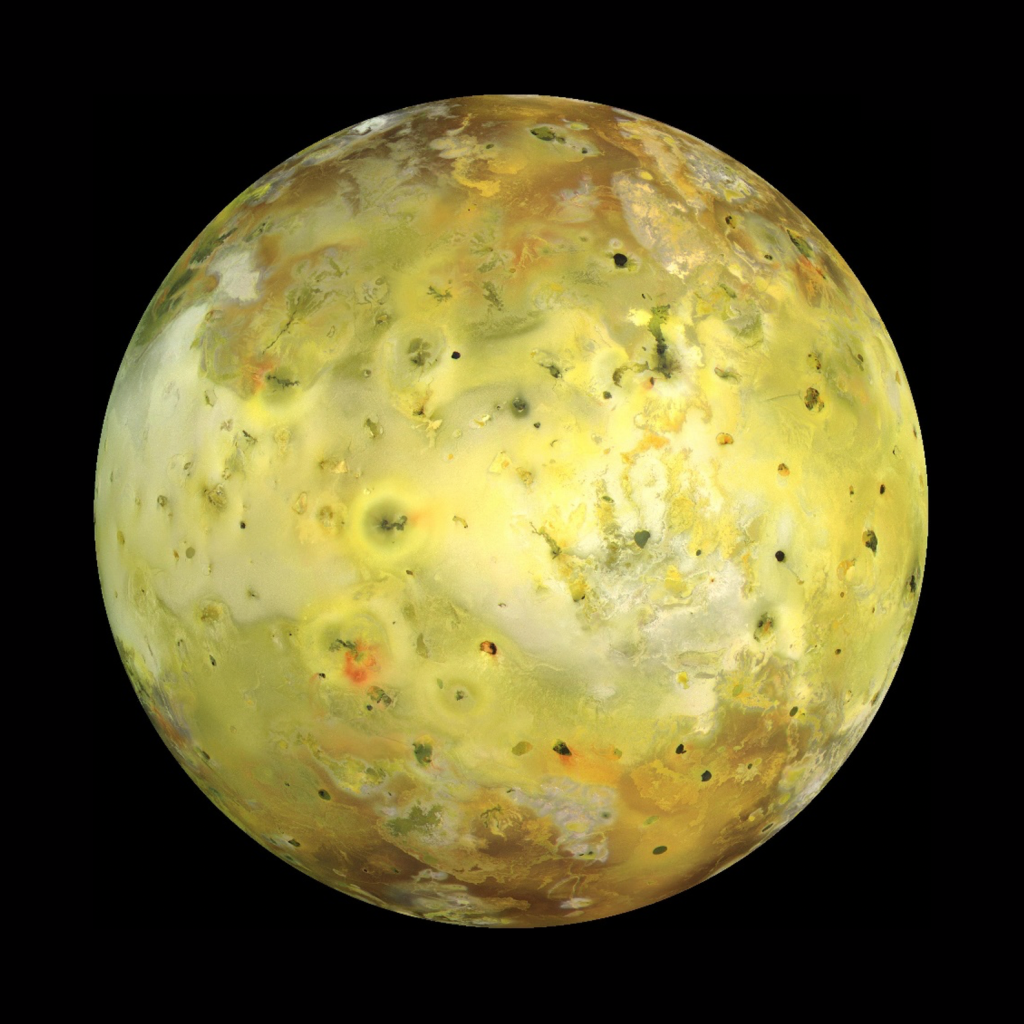Galileo Jupiter Atmospheric Probe
Type
Launch
Target
Objective
What was the Galileo Jupiter Atmospheric Probe?
NASA's Galileo spacecraft carried an atmospheric entry probe that was released July 13, 1995, when the main spacecraft was still about 50 million miles (80 million kilometers) from Jupiter. The probe hit the atmosphere Dec. 7, 1995, and returned valuable data for 58 minutes.
| Nation | United States of America (USA) |
| Objective(s) | Jupiter Atmospheric Entry |
| Spacecraft | Galileo Jupiter Atmospheric Probe |
| Spacecraft Mass | 743 pounds (337 kilograms) |
| Mission Design and Management | NASA / JPL |
| Launch Vehicle | Space Shuttle Atlantis STS-34R |
| Launch Date and Time | Oct. 18, 1989 / 16:53:40 UT |
| Launch Site | Kennedy Space Center, Fla. / Launch Complex 39B |
| Scientific Instruments | 1. Atmospheric Structure Instrument 2. Neutral Mass Spectrometer 3. Helium Abundance Interferometer 4. Net-Flux Radiometer 5. Nephelometer 6. Lightning/Radio-Emission Instrument |
Firsts
- First spacecraft to enter Jupiter's atmosphere
Key Dates
Oct. 18, 1989: Launch
July 13, 1995: Probe was released from the Galileo spacecraft
Dec. 7, 1995: Probe penetrated Jupiter's atmosphere
In Depth: Galileo Jupiter Atmospheric Probe
NASA's Galileo mission to Jupiter – one of the agency's most ambitious deep space missions –carried a 743-pound (337-kilogram) probe designed to return data as it entered the Jovian atmosphere by parachute.
The Galileo atmospheric entry probe was based on the design of the large probe of the Pioneer Venus multi-probe.
It was released July 13, 1995, when the main Galileo spacecraft was still about 50 million miles (80 million kilometers) from Jupiter.
The probe hit the atmosphere at 6.5 degrees north latitude and 4.4 degrees west longitude at 22:04:44 UT Dec. 7, 1995.
The probe returned valuable data for 58 minutes as it plunged into the Jovian cauldron. It endured a maximum deceleration of 228 Gs about a minute after entry when temperatures scaled up to 28,832 degrees Fahrenheit (16,000 degrees Celsius).
The probe’s transmitter failed 61.4 minutes after entry when the spacecraft was about 112 miles (180 kilometers) below its entry ceiling, evidently due to the enormous pressure (22.7 atmospheres).
Data, originally transmitted to the main spacecraft and later transmitted back to Earth, indicated an intense radiation belt about 31,000 miles (50,000 kilometers) above Jupiter’s clouds, few organic compounds, and winds as high as about half a mile per second (640 meters per second).
The entry probe also found less lightning, less water vapor, and half the helium than had been expected in the upper atmosphere.
The Galileo orbiter, meanwhile, fired its engine at 00:27 UT Dec. 8, becoming Jupiter’s first human-made satellite.
During its nearly eight-year mission around Jupiter, Galileo returned an unprecedented amount of data on the planet and its environs.
Because Galileo had not been sterilized, to prevent contamination, it was decided to have the vehicle burn up in the Jovian atmosphere after its mission ended instead of risking impact on one of Jupiter's moons such as Europa.
Having completed its 35th orbit around Jupiter and after accompanying the planet for three-quarters of a circuit around the Sun, Galileo flew into the atmosphere at a velocity of 30 miles per second (48.2 kilometers per second), just south of the equator, on Sept. 21, 2003, at 18:57 UT.
Key Source
Siddiqi, Asif A. Beyond Earth: A Chronicle of Deep Space Exploration, 1958-2016. NASA History Program Office, 2018.
Trivia
The probe slammed into Jupiter's atmosphere at 106,000 mph (170,590 kilometers per hour), fast enough to jet from Los Angeles to New York in 90 seconds. Deceleration to about Mach 1—the speed of sound—took just a few minutes. At maximum deceleration, as the craft slowed from 106,000 mph to 100 mph (160 kilometers per hour) it experienced a force 350 times Earth's gravity. The incandescent shock wave ahead of the probe was as bright as the Sun and reached searing temperatures of up to 28,000 degrees Fahrenheit (15,537 degrees Celsius).











